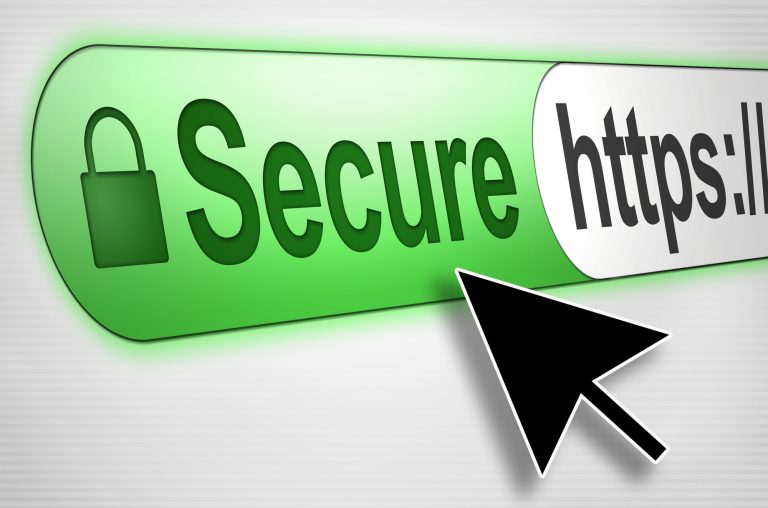Did you know that there are over 75 million WordPress sites that are up and running? It’s true: the popular content management platform and site builder extends over much of the internet. Because of the number of users, many WordPress sites are vulnerable to cyber-attacks. That’s a risk that some people and companies cannot afford to take. But how can you secure your website? Continue reading to learn about the five best WordPress security practices in 2021.
By implementing these key strategies, you can trust that your WordPress site is safe.
1. Choose a Good Host
This may seem like a no-brainer, but selecting a trustworthy host is crucial. The host is the service that stores a website. It is also what makes a website accessible to users.
Not all host providers are created equal. Some suffer from frequent cyber attacks, while others often have downed servers. Sometimes, site speeds can be an issue too.
Take your time to research secure WordPress hosting providers. In this case, cheaper isn’t always better. You don’t need to spend an arm and a leg, but be sure your provider is reputable.
2. Two-Factor WordPress Security
Two-factor security is available on many platforms and devices. This method typically means adding both an email and a phone number to an account to keep it secure. It can also refer to adding security questions or codes.
This adds security because it makes it harder to gain access to your WordPress website. Rather than only having to bypass one login, cybercriminals must face two. Two-factor authentication can even be challenging enough to deter hackers.
3. Update and Backup Regularly
Many people forget the importance of updating and backing up websites. This leaves them and their sites vulnerable. But how can something so simple be so beneficial?
Well, older websites are often targets for attacks. Not to mention, regular updates help protect sites from security threats. Having an up-to-date backup of a site is useful in case something happens to the live website.
Consider a WordPress Security and Update service to take care of these tasks for you.
4. Enable Safe Plugins
When using WordPress, it is paramount that users remember the platform is open-source. This means it is publicly accessible. Anyone can edit and share the design, which is where the problem lies.
Some bad outcomes can affect plugins. Any developer can upload a plugin, so some may contain viruses. It’s also possible to find and exploit weaknesses within plugins, so keep them updated!
5. Keep Passwords Safe
It might seem obvious, but it’s still important nonetheless. Passwords exist to keep your accounts safe. So, keep your passwords strong and secure!
Don’t choose a password that is common or easy to guess. Instead, choose a combination of letters, numbers, and special characters. Passphrases, or strings of words, are a safe choice too.
Always Stay Vigilant
Even after you implement these WordPress security practices, you should continue to stay on top of it. Continue watching for the best ways to keep your site free of any WordPress security issues.
For more information, check out our blog. We offer more ways to keep your WordPress site secure, as well as other tech and marketing resources.
